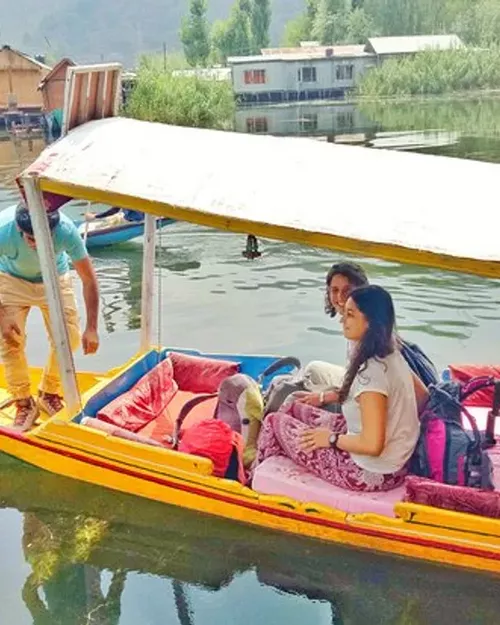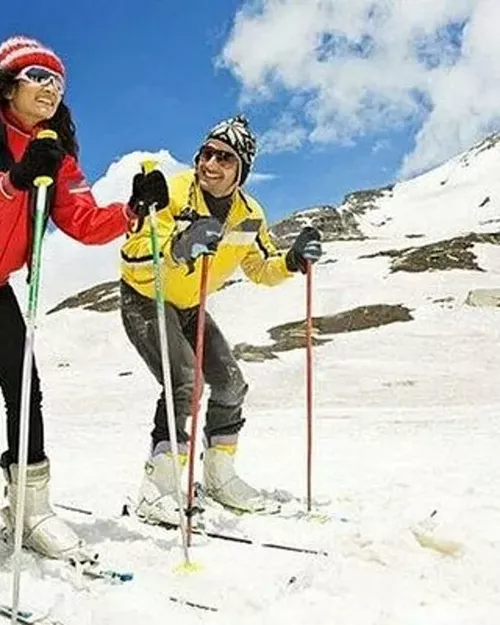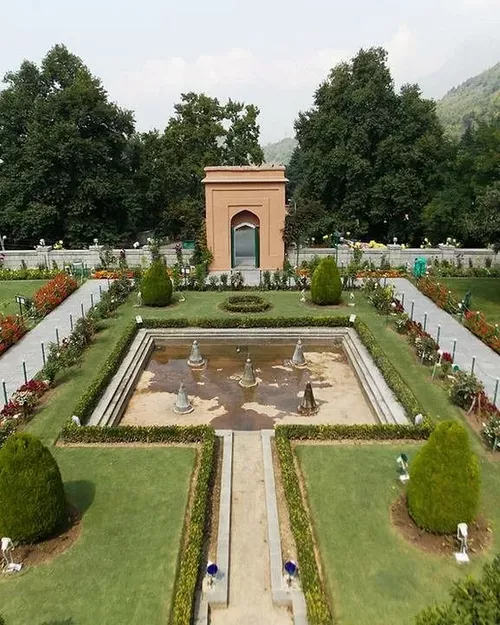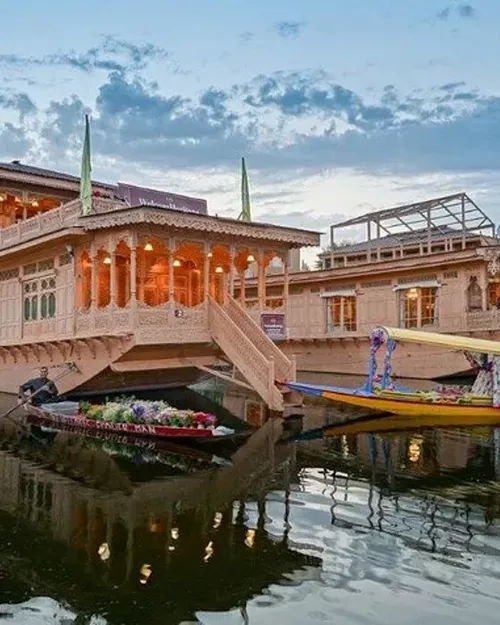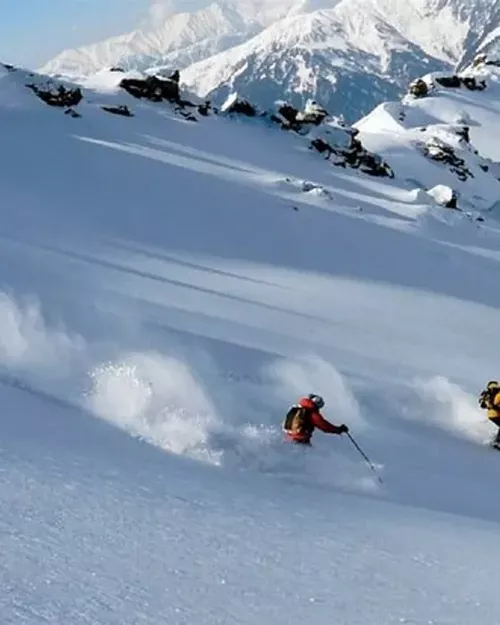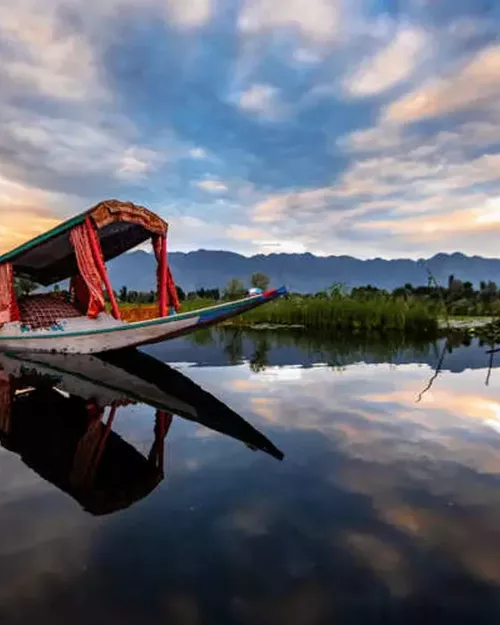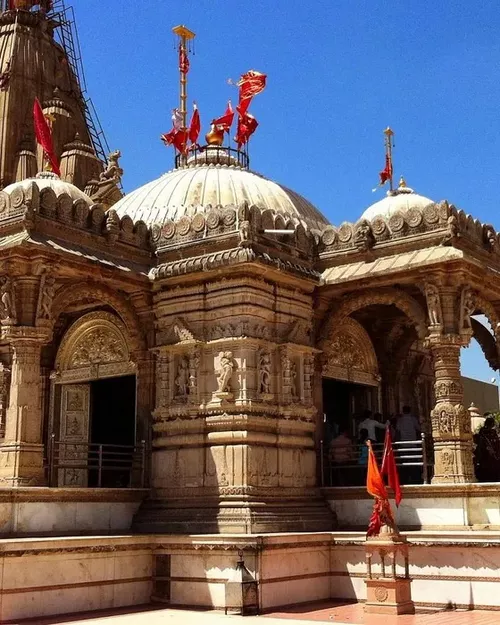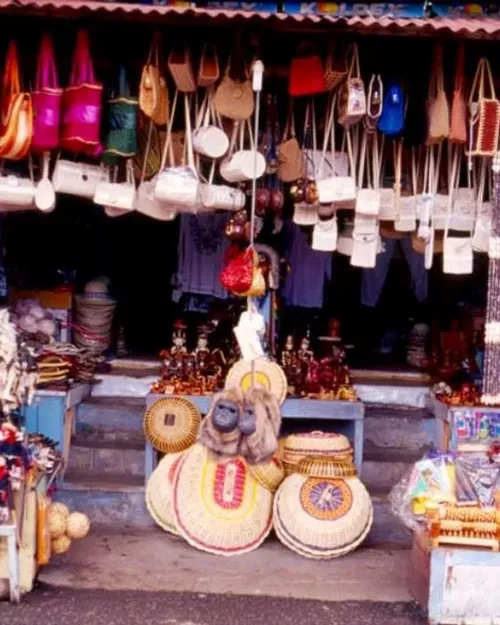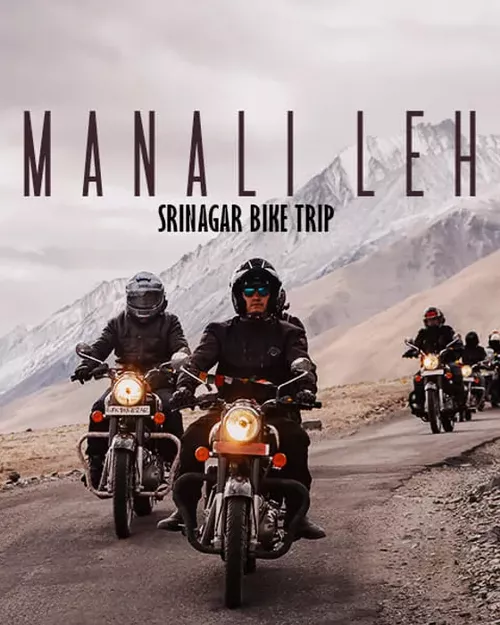Sri Nagar is popular for
Usual trip duration
A 3-4 day trip to Srinagar allows you to explore the beautiful Mughal gardens, take a shikara ride on Dal Lake, visit the historic Shankaracharya Temple, and experience the vibrant local culture.
Moderate to expensive
Ideas To Plan Your Trip
Places To Eat
Frequently Asked Questions About Srinagar, Kashmir
The best time to visit Srinagar, the summer capital of Jammu and Kashmir, is from April to October. During these months, the weather is pleasant, with temperatures ranging from 15°C to 30°C. This period is ideal for sightseeing, shikara rides on Dal Lake, and exploring the Mughal gardens. The spring season (April-May) brings blooming flowers and lush greenery, while the autumn season (September-October) offers breathtaking views of the Chinar trees in their full golden glory. For those interested in snow, the winter months (December-February) offer a different charm, although some attractions may be less accessible due to heavy snowfall. However, it is important to note that Srinagar can be visited throughout the year based on your preference. Plan your trip according to your interests, keeping the weather in mind for a memorable experience.
Srinagar is well-connected to the rest of India, making it accessible via air, road, and rail. Here's a detailed guide:
| Mode of Transport | Details |
|---|---|
| By Air | Srinagar Airport (Sheikh ul-Alam International Airport) is well-connected to major Indian cities like Delhi, Mumbai, Jammu, and Chandigarh. Regular flights are available from various airlines, and taxis/cabs are readily available from the airport to reach your desired destination in Srinagar. |
| By Road | Srinagar is accessible by road via the Jammu-Srinagar National Highway (NH44). State-run and private buses operate regularly between Srinagar and other cities like Jammu, Delhi, and Chandigarh. Taxis and private cars are also available for hire. The road journey offers stunning views of the Himalayan landscape. However, be mindful of road conditions, especially during winter months, when heavy snowfall can cause temporary closures. |
| By Train | The nearest railway station to Srinagar is Jammu Tawi, which is approximately 300 km away. From Jammu Tawi, you can hire a taxi or take a bus to Srinagar. The railway line from Jammu to Srinagar is still under development, but once completed, it will significantly improve connectivity. |
Srinagar, often referred to as 'Paradise on Earth', is brimming with breathtaking attractions. Here are some must-visit places:
| Attraction | Description |
|---|---|
| Dal Lake | The jewel of Srinagar, famous for its shikaras (traditional wooden boats), houseboats, floating gardens, and vibrant markets. A shikara ride on Dal Lake is an absolute must. |
| Mughal Gardens | A collection of beautiful gardens including Shalimar Bagh, Nishat Bagh, and Chashme Shahi. These gardens boast lush greenery, terraced lawns, vibrant flowerbeds, and stunning views of Dal Lake. |
| Hazratbal Shrine | A revered Muslim shrine located on the banks of Dal Lake, known for housing a relic believed to be a strand of hair from the Prophet Muhammad. |
| Shankaracharya Temple | An ancient temple dedicated to Lord Shiva, perched atop a hill offering panoramic views of Srinagar city and the surrounding mountains. |
| Pari Mahal | Also known as the 'Abode of Fairies,' this historic monument is a seven-terraced garden offering breathtaking views of Dal Lake and the Zabarwan mountain range. |
| Nigeen Lake | Often considered a quieter and cleaner alternative to Dal Lake, Nigeen Lake is perfect for a peaceful shikara ride or houseboat stay. |
Srinagar offers a plethora of activities for tourists, ensuring an unforgettable experience. Here's a list to consider:
- Shikara Ride on Dal Lake: Enjoy a relaxing boat ride on a traditional shikara, exploring the floating gardens and markets.
- Houseboat Stay: Experience the unique charm of staying in a beautifully decorated houseboat on Dal Lake or Nigeen Lake.
- Mughal Garden Visits: Explore the breathtaking Mughal gardens such as Shalimar Bagh, Nishat Bagh, and Chashme Shahi.
- Trekking and Hiking: Embark on treks to nearby hills and valleys, enjoying the stunning natural beauty of Kashmir.
- Shopping for Handicrafts: Explore the local markets for exquisite Kashmiri handicrafts, including pashmina shawls, carpets, and wood carvings.
- Bird Watching: Visit the Hokersar Wetland Conservation Reserve for a chance to spot various migratory birds.
- Visit the Old City: Explore the historic Jamia Masjid and the winding streets of the old city for a glimpse into Srinagar's rich cultural heritage.
Srinagar serves as an excellent base for exploring other stunning destinations in Kashmir. Here are some popular nearby places to visit:
| Destination | Distance from Srinagar (approx.) | Highlights |
|---|---|---|
| Gulmarg | 50 km | Famous for its stunning meadows, skiing opportunities, and the Gulmarg Gondola (one of the highest cable cars in the world). |
| Pahalgam | 95 km | Known for its scenic beauty, Betaab Valley, Aru Valley, and the Amarnath Yatra pilgrimage route. |
| Sonamarg | 80 km | Offers breathtaking views of glaciers, snow-capped mountains, and the Sindh Valley. It is also the gateway to Ladakh. |
| Yusmarg | 50 km | A lesser-known but equally beautiful meadow, ideal for peaceful walks and enjoying nature. |
Srinagar is a shopper's paradise, offering a wide range of traditional Kashmiri handicrafts and products. Here are some popular shopping spots:
| Market/Location | Specialty |
|---|---|
| Lal Chowk | A bustling commercial hub offering a variety of products, including clothing, electronics, and local handicrafts. |
| Polo View Market | Known for its high-quality pashmina shawls, Kashmiri carpets, and other traditional handicrafts. |
| Residency Road | Offers a wide range of clothing stores, shoe shops, and general merchandise. |
| Floating Markets of Dal Lake | A unique shopping experience where vendors sell flowers, vegetables, and handicrafts from their shikaras. |
| Badshah Chowk | Known for dry fruits, spices, and traditional Kashmiri sweets. |
Srinagar offers a delightful culinary experience with its blend of Kashmiri and Mughlai flavors. Here are some of the best restaurants and street food spots:
| Category | Restaurant/Location | Specialty |
|---|---|---|
| Fine Dining | Ahdoos Hotel | Traditional Kashmiri Wazwan, Rogan Josh, Yakhni. |
| Multi-Cuisine | Mughal Darbar | Offers a variety of Indian, Chinese, and Continental dishes. |
| Street Food | Khayam Chowk | Barbecue, kebabs, and local Kashmiri street food. |
| Cafes | Books & Bricks Cafe | Coffee, pastries, and light meals with a cozy atmosphere. |
| Vegetarian | Krishna Vaishno Dhaba | Pure vegetarian Indian dishes. |
The safety of traveling to Srinagar is a common concern for tourists. While the region has experienced periods of political instability in the past, the current situation is generally stable, and the government has taken significant steps to ensure the safety of tourists. It is always advisable to stay informed about the current situation by checking travel advisories issued by your government or consulting with local authorities and tour operators before planning your trip. Adhering to local guidelines, avoiding sensitive areas, and respecting local customs will contribute to a safe and enjoyable travel experience in Srinagar. It is also recommended to book accommodations and tours through reputable agencies to ensure your safety and well-being.
The type of clothing you should pack for Srinagar depends largely on the time of year you are visiting. During the summer months (April to October), lightweight cotton and linen clothing are ideal, as the weather is generally warm and pleasant. However, it is always a good idea to carry a light jacket or sweater, as the evenings can get cooler, especially at higher altitudes. If you are planning to visit during the winter months (November to March), it is essential to pack heavy woolen clothing, including thermal underwear, sweaters, jackets, gloves, hats, and scarves, as temperatures can drop below freezing. Additionally, comfortable walking shoes are a must, regardless of the season, as you will be doing a lot of walking and exploring. If you plan to participate in outdoor activities like trekking or skiing, pack appropriate gear and clothing for those activities as well.
Kashmiri cuisine is rich and flavorful, with a strong emphasis on meat-based dishes cooked with aromatic spices. Here are some traditional Kashmiri dishes you should definitely try:
- Rogan Josh: A signature Kashmiri dish made with lamb cooked in a rich gravy flavored with Kashmiri chilies and aromatic spices.
- Yakhni: A creamy yogurt-based lamb curry flavored with cardamom, fennel, and mint.
- Gushtaba: Soft and tender meatballs cooked in a yogurt-based gravy.
- Rista: Similar to Gushtaba, but the meatballs are red in color due to the use of Kashmiri chili powder.
- Dum Aloo: Potatoes cooked in a spicy and flavorful gravy. A popular vegetarian dish.
- Wazwan: A multi-course meal consisting of various Kashmiri dishes, typically served at weddings and special occasions.
When visiting Srinagar, it's helpful to be aware of a few important things to ensure a smooth and respectful trip:
- Respect Local Customs: Kashmir is a culturally conservative region, so it's important to dress modestly and respect local customs and traditions.
- Stay Informed: Keep yourself updated on the current situation by checking travel advisories and news reports.
- Bargaining: Bargaining is common in local markets, so don't hesitate to negotiate prices, especially when buying handicrafts and souvenirs.
- Photography Restrictions: Be mindful of photography restrictions, especially around military installations and sensitive areas.
- Health Precautions: Consult your doctor about necessary vaccinations and health precautions before your trip.
- Connectivity: Mobile network connectivity can be limited in some areas, so it's a good idea to have a local SIM card or inform your family and friends about your travel plans.
While most areas in and around Srinagar do not require special permits for Indian citizens, certain remote or restricted areas may require permits, especially if they are close to the Line of Control (LOC). For foreign nationals, it's advisable to check with the local authorities or the Tourist Department to determine if any special permits are required for the areas you plan to visit. The process for obtaining permits may vary depending on the area and the nationality of the traveler. Generally, permits can be obtained through registered tour operators or the local tourism office. It's always best to check the latest regulations and requirements before your trip to avoid any inconvenience.
The primary language spoken in Srinagar is Kashmiri, also known as Koshur. It is an Indo-Aryan language with its own unique script and cultural significance. However, Urdu is also widely spoken and understood throughout Srinagar and serves as a common language of communication. Hindi and English are also spoken and understood by many people, especially in tourist areas and among educated individuals. While you can manage your trip with English in most tourist spots, learning a few basic Kashmiri phrases can enhance your experience and show respect for the local culture. Some useful phrases include 'As-salamu alaykum' (hello), 'Shukriya' (thank you), and 'Khoda hafez' (goodbye).
